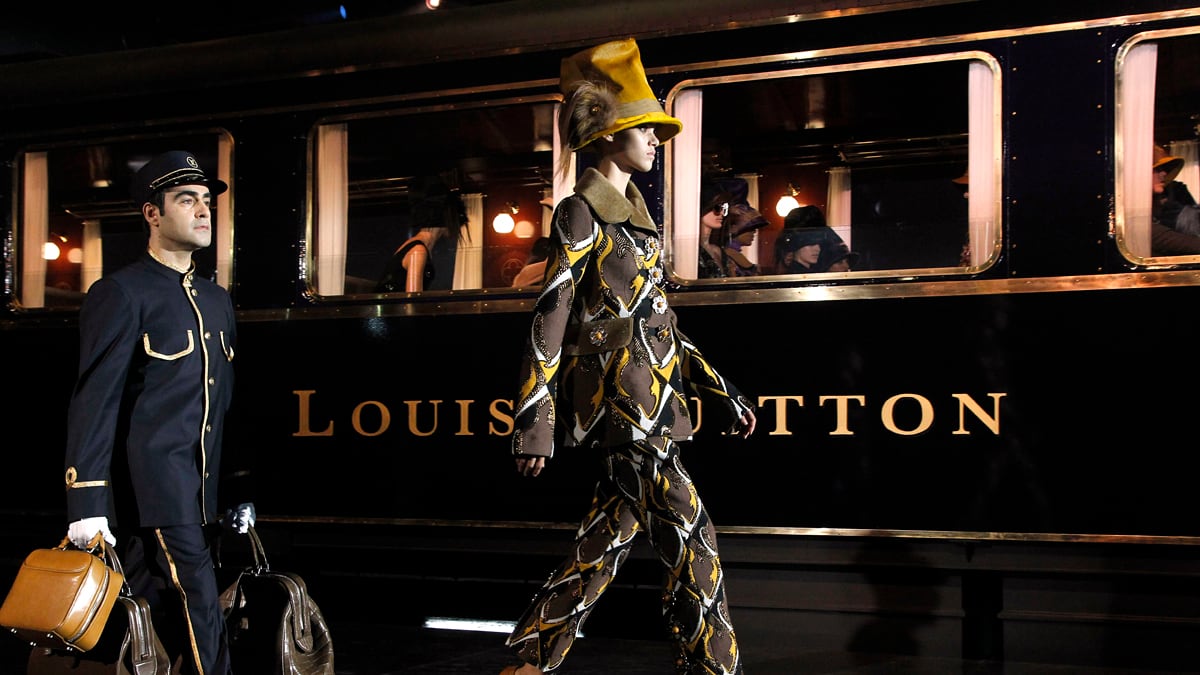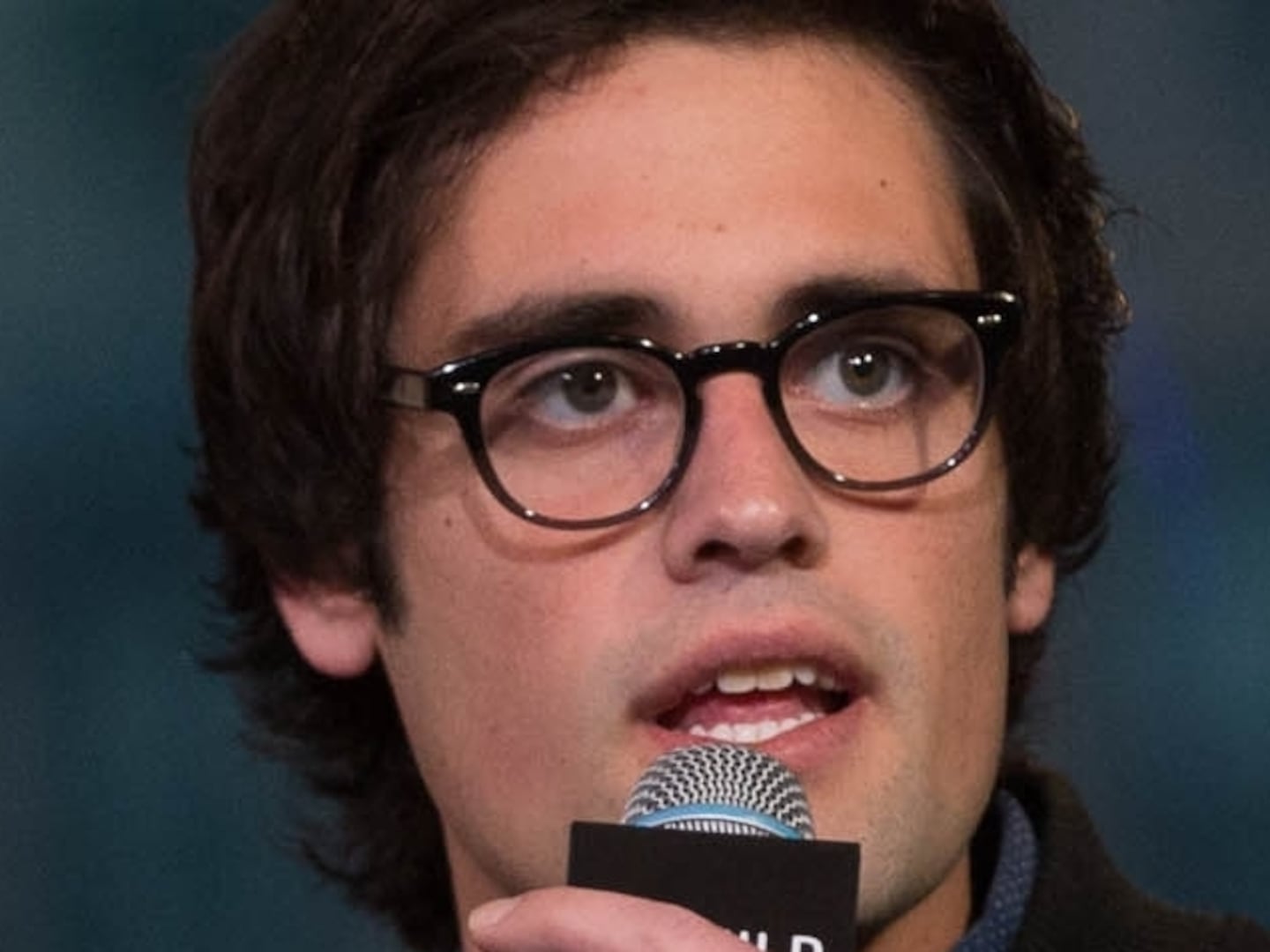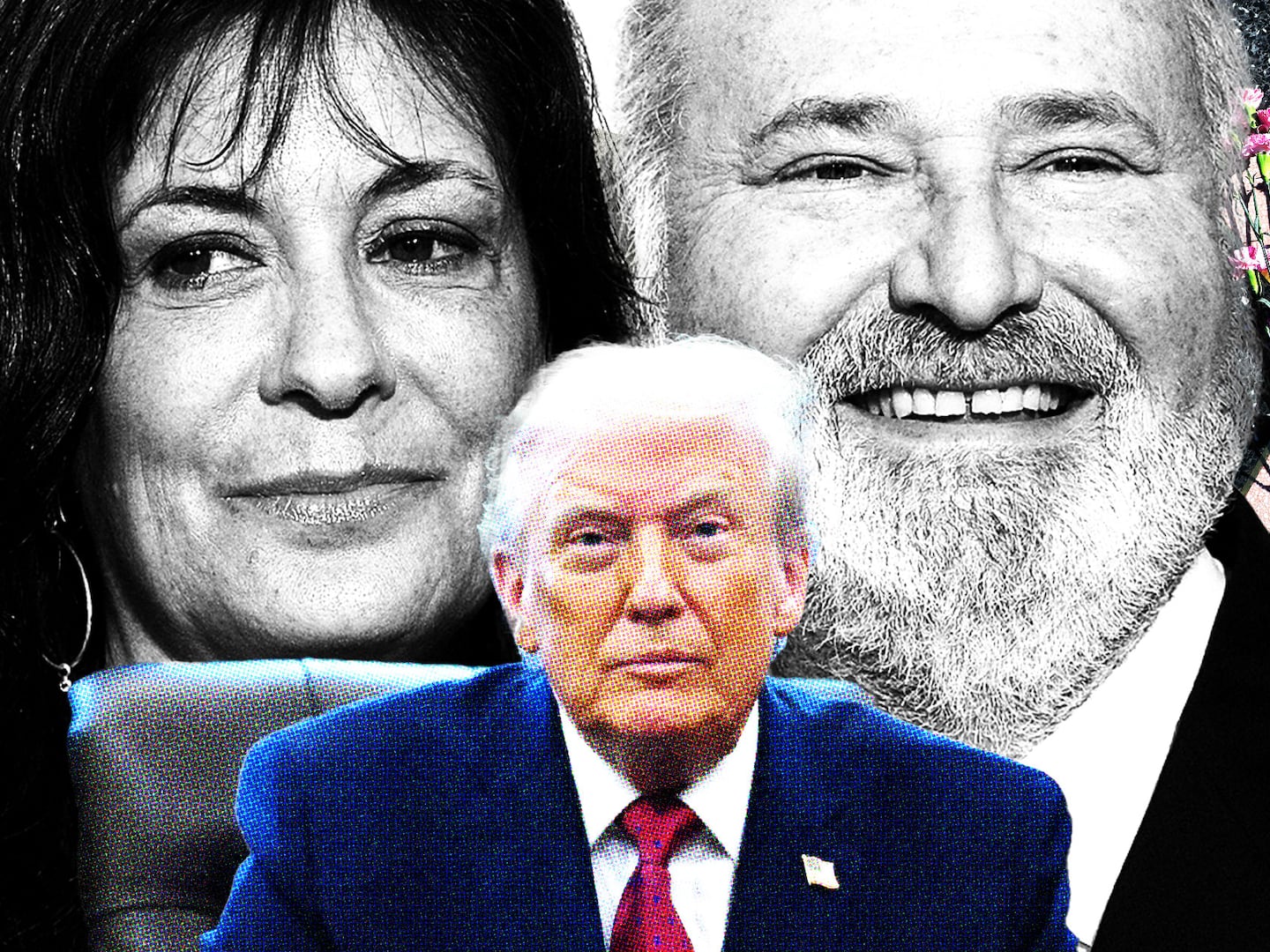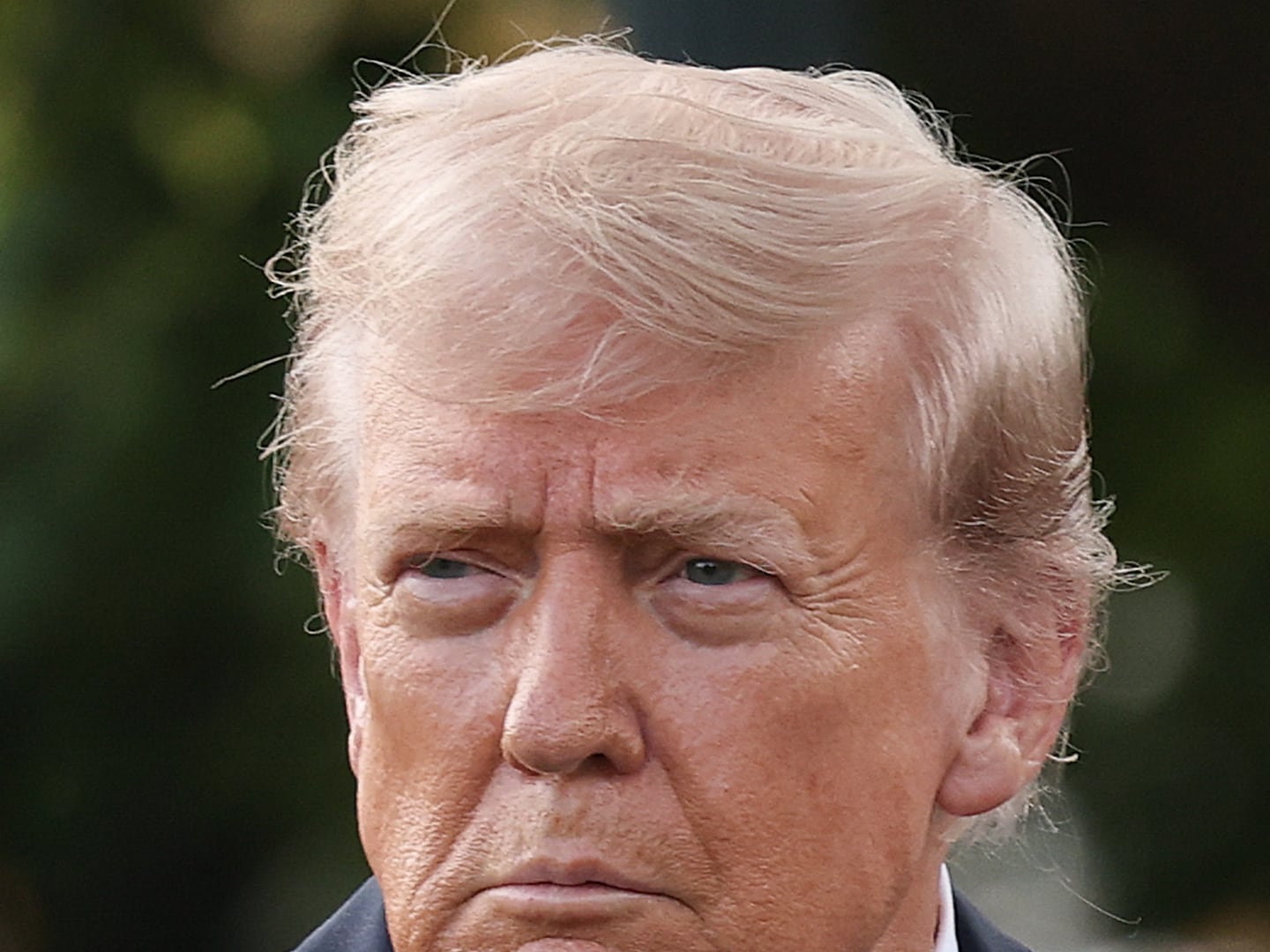
As the fall 2012 fashion shows come to a close, a reality is pounded home: the past 10 days in Paris have mostly focused on everything except the frocks themselves. The days when fashion was an industry of pretty dresses—the days when aesthetic quality was paramount—are long gone.
Corporate intrigue dominated the conversation thanks to the announcement that Stefano Pilati would be showing his final collection for Yves Saint Laurent and that Hedi Slimane—the brand’s former menswear designer—would take over as creative director. That news, following upheaval at Jil Sander in Milan, turned the focus away from the clothes and onto the boardroom. It also underscored the truth that it is no longer enough for a designer to create critically praised collections that also generate sales. He must also have a certain frisson of … what, exactly?
Then there have been the distractions created by the designers themselves. There have been overly complicated presentations that had little to do with the aesthetics of the garments. There were those designers who adhered so closely to the history of their house that their collections seemed divorced from contemporary times.
And then there was the sophomore effort from Kanye West. The collection had a better fit, which is to say that the trousers and skirts were shaped to the female form rather than a rectangle. But it was overly reliant on pelts and the aesthetic developed by Riccardo Tisci at Givenchy. And finally, it lacked a personal point-of-view. The presentation came off like a pit stop on the way to the afterparty. Indeed, a mystifying team of helmeted speed racers in bumper cars started whizzing around a track—in back of guests and diverting everyone’s attention—as the models were making their final pass on the runway.
To some degree, it’s hard to fault a designer for getting lost in overwrought productions, corporate machinations, and the bright lights of celebrity. There are now so many demands on a designer that have nothing to do with sketching and draping. He must not only create and sell beautiful clothes, but he must also be a kind of impresario—able to conjure pageantry and fantasy that highlights a brand’s storied past as well as its future. He must be an auteur and a businessman. He must not be perceived as difficult. He must be a star.
This season, only Marc Jacobs fulfilled all those conflicting demands with his fanciful collection for Louis Vuitton. Jacobs—overachiever that he is—even managed to put countless bags, the brand’s moneymaking core, on the runway in a manner that was in keeping with his elaborate fable.
At two minutes past 10 in the morning, under a darkened tent in the courtyard of the Louvre, a steam locomotive hissed and nosed its way through a black curtain and onto a runway set that called to mind Grand Central terminal—or the French equivalent—in the early years of the 20th century. The shiny blue Louis Vuitton express came to a stop amid a cloud of steam, while music pounded in the background.
As models emerged one by one from a single car, they were met by their personal porter—outfitted in a gold-trimmed Louis Vuitton uniform—who was carrying their baggage: Louis Vuitton handbags and duffels, of course, all done up in fur and rhinestones.
The dominant silhouette in the collection was an A-line, triangular shape with narrow shoulders and a full skirt. The coats were embellished with large gemstones or sprinkled with paillettes. There were rich shades of butterscotch and bold hues of purple. Giant floral buttons served as closures but also decorated the backs of coats. And soft, high hats gave each ensemble its final polish.
It was a presentation that benefited from the wealth and power of Louis Vuitton—which along with Jacobs is the subject of a major exhibition here—but it also has a designer who can make seamless connections between magic, commercial realities, and the brand.
The scale of difficulty in accomplishing that can be measured by the many design houses that fall short. Hussein Chalayan presented a collection of nearly ascetic dresses and tunics in enticing hues such as orange, merlot, pine, and navy. But he did so against blurred black and white photographs captioned with single words and phrases: “no dark, no light,” “leaving,” “not here,” “reverse winter.” True, there was a certain poetry to the images. But the ponderous phrases distracted from the easy accessibility of the clothes. It was as if the designer couldn’t shake the nagging doubt that the clothes were not enough. They had to be accessorized with riddles and pretentions in order to make them worthy of a runway presentation.
How was the Chalayan show? Agonizing. But the clothes? They were quite nice.
Designers Victor Horsting and Rolf Snoeren had the opposite problem. They showed their collection against the wondrous backdrop of a full moon, with models making dramatic entrances and exits as silhouettes.
The clothes, however, were a chaotic pastiche of fur and glitter assembled in inelegant ways. There were evening gowns in black chiffon with rows of auburn fur, sprinkles of glitter, and goodness knows what else.
Kenzo designers Humberto Leon and Carol Kim chose such a terribly confounding location for their show—on three levels around an atrium—that the clothes trickled out in an awkward and disjointed manner as the models wound their way around and down, around again and again. The knits were heavy, the grape prints looked like table linens, and the long skirts with the high waist were frumpy. (But the Magnolia cupcakes left on each guest’s chair were delicious!)
The ready-to-wear at Hermès just looked matronly, with baggy leather trousers tucked into ankle boots and dreary scarf print tunics. But at least the presence of actress Jane Birkin, carrying her very own Birkin bag, served as a reminder of the house’s true essence: the ultimate status handbag.
Bill Gaytten’s collection for John Galliano was wholly true to the house with his dramatic riding coats, pleated tops, and bias cuts. But it may be that the time has passed for the house’s distinctive style. In an era now dominated by strong silhouettes and sharp tailoring, the Galliano costume romp seems out of touch.
Olivier Rousteing also is sustaining the point-of-view at Balmain that returned the house to the spotlight. His collection of embellished trousers and jackets were unapologetically ostentatious, unapologetically aimed at the one percent. His collection and presentation weren’t so much out of sync—his show was in an ornate hotel ballroom—but rather they left one asking, “Is this anyone’s public reality anymore?”
Not in Europe and North America, but the rising fortunes of China had the front rows populated with Chinese actresses and big-spending ladies happy to display their newfound wealth. They floated in on clouds of perfume and expensive heels, swathed in chiffon and organza and flanked by burly men and scurrying paparazzi. The women smiled politely and patiently for the cameras. They lingered in the aisles. They posed and positioned their expensive handbags just so for all the world to see; they have not yet grown tired of fame.
These women—tiny, lithe, oozing money—were on hand at the Jean-Paul Gaultier show, arriving at the last minute and enthralling the photographers. Perhaps they can inspire Gaultier, who has been struggling to modulate his distinctive street-meets-atelier sensibility to the times. With his fall collection, the clothes felt as though they were constructed for a different era, when punk and graffiti were dangerous notions bubbling up from the street and the bourgeois woman who dabbled in them could consider herself hip. Now, to see his metallic orange-leather, cacophonous prints and brightly colored fur, is to think of an overly Botoxed woman trying too desperately hard to be young and cool.
Where, oh where, were the captivating clothes in this town? The collection that Sarah Burton presented for Alexander McQueen was a breathtaking fantasy that she said had something to do with the lush forest floor and mushrooms. Let a designer declare her inspiration however she sees fit. Suffice it to say that there was nothing akin to porcini on her runway. Instead, it was a stunning display of short, full skirts, glorious laser-cut lace and dresses that exploded around the body like an organza topiary. The final dresses, in fuchsia with embroidery, appliqué, layering and all manner of technical wizardry were a Cinderella dream.
Of course, none of these gloriously wrought ensembles could be worn on the street. Burton delivered a dream, not gritty reality.
For realism, one had to turn to Stella McCartney, whose embossed jacquard trousers were sporty and chic or to Costume National’s Ennio Capasa and his multitextured black blazers, loose-fitting trousers and jaunty hats.
At Valentino, designers Maria Grazia Chiuri and Pier Paolo Piccioli showed the reality of what a well-to-do woman might prefer to wear. There are those who might argue that the show could have benefited from a more fanciful production—a backdrop or a staging trick that might have tugged at the emotions, something more than a little inlaid wooden walkway. Perhaps. Still, when the models strolled out in easy ball gowns hemmed just to the ankles, with their hands tucked into their pockets, wearing sparkling ankle-strap shoes with block heels a modest two inches high, it was hard not to think of what a pleasure it would be to dress in such a way and go to a ball and not have to worry about aching feet, dragging trains, and all manner of encumbrances that turn a gala into drudgery.
And it would be a fine thing to wear one of the psychedelic pantsuits that Miuccia Prada—the subject of an upcoming exhibition at the Metropolitan Museum of Art—created in her Miu Miu collection. In groovy prints in shades of purple and yellow, teal and red, and other loopy combinations, the masculine jackets and sharply cut jackets were business attire gone Technicolor.
The runway was an understated beige. There was no complicated backdrop freighted with heavy meaning. No breathlessly anticipated afterparty. No rumors of corporate turmoil.
As Paris fashion week came to its informal close, Prada left her audience with something that had become elusive and rare: fizzy, desirable clothes.






